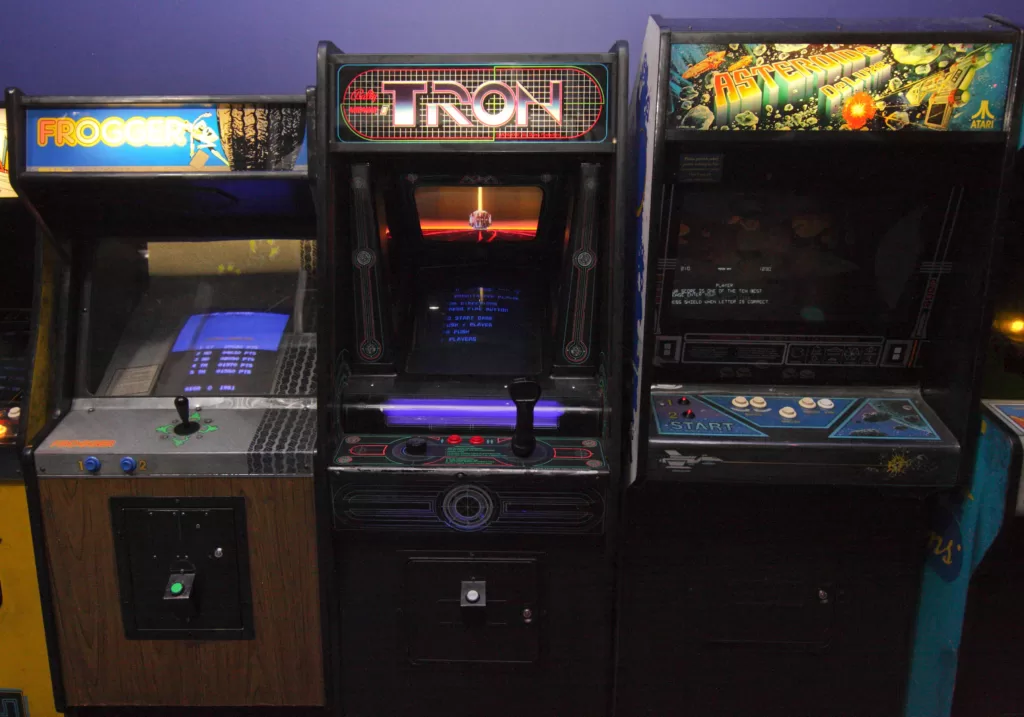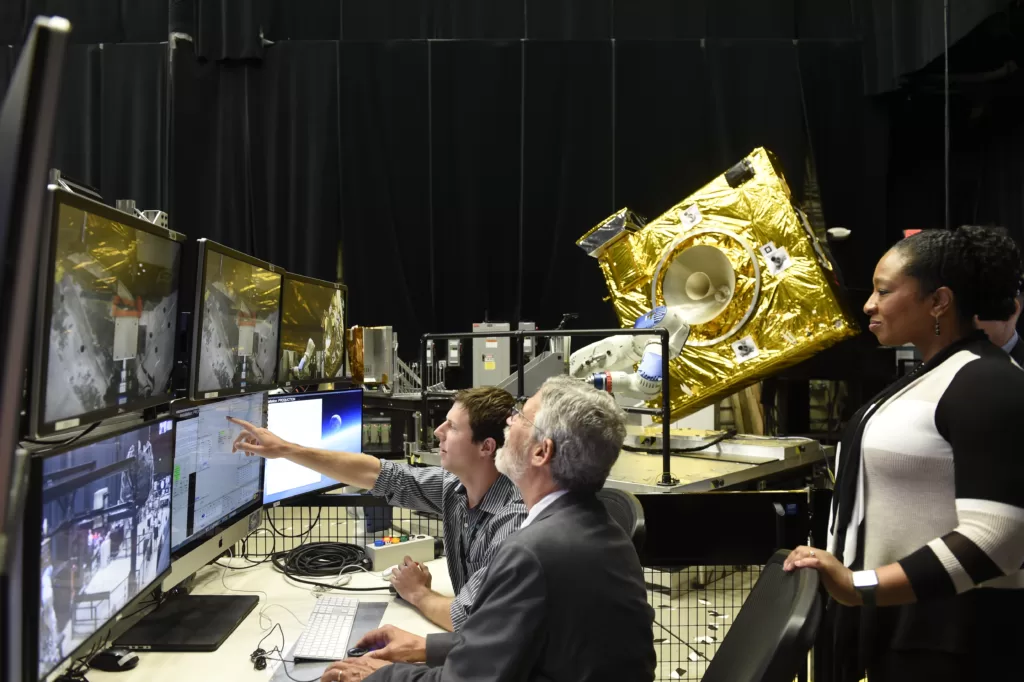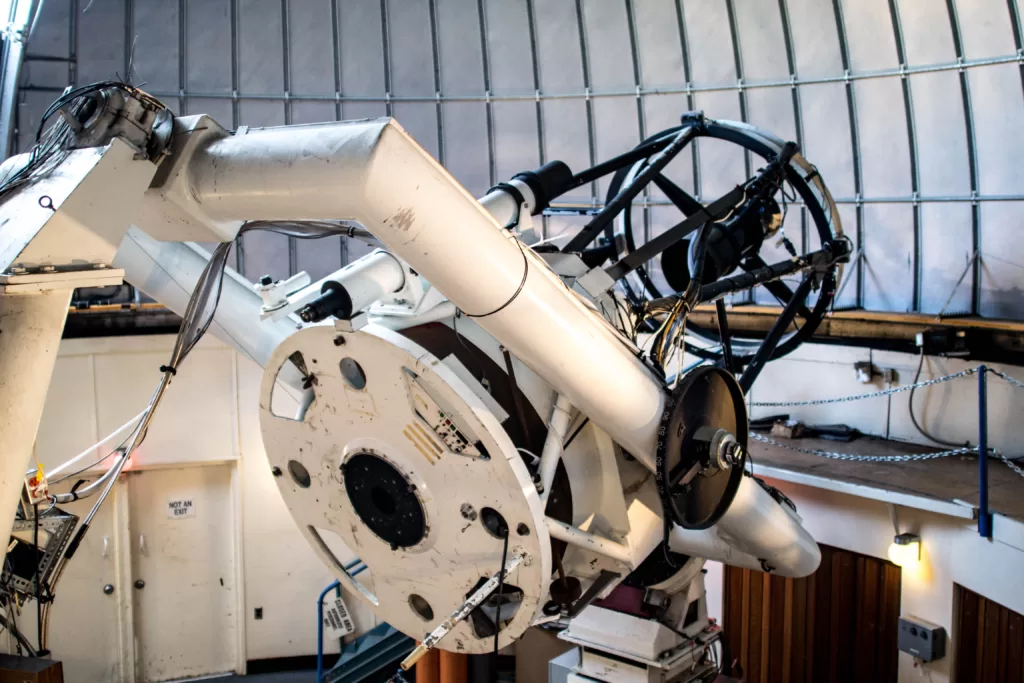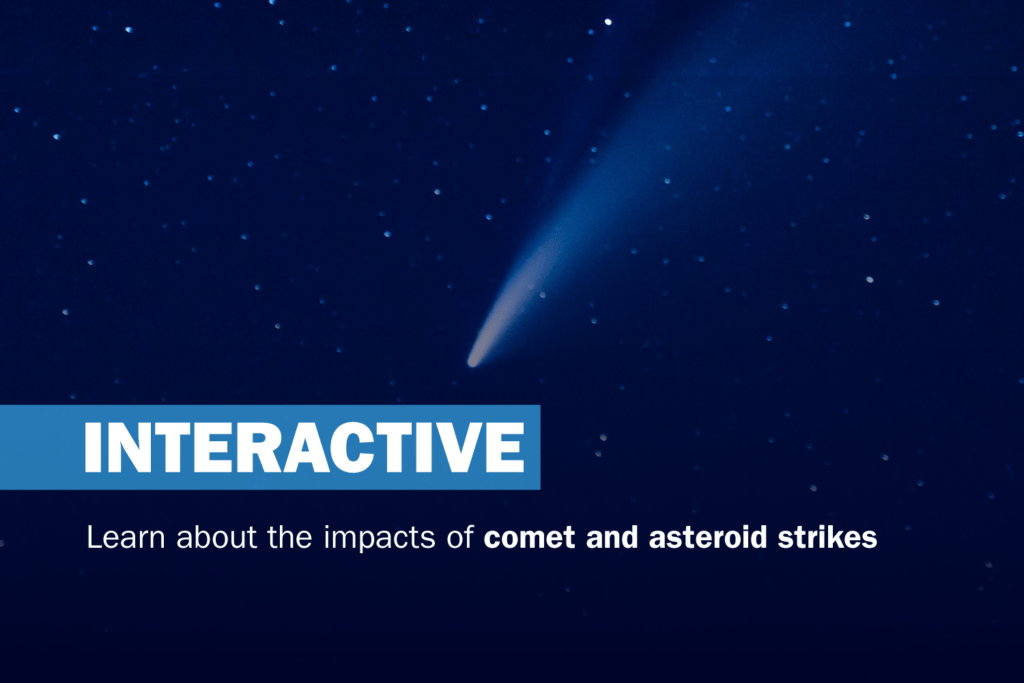Using a spacecraft to knock an asteroid off a collision course is the best planetary defence we have. But it will take complex calculations, and plenty of time.
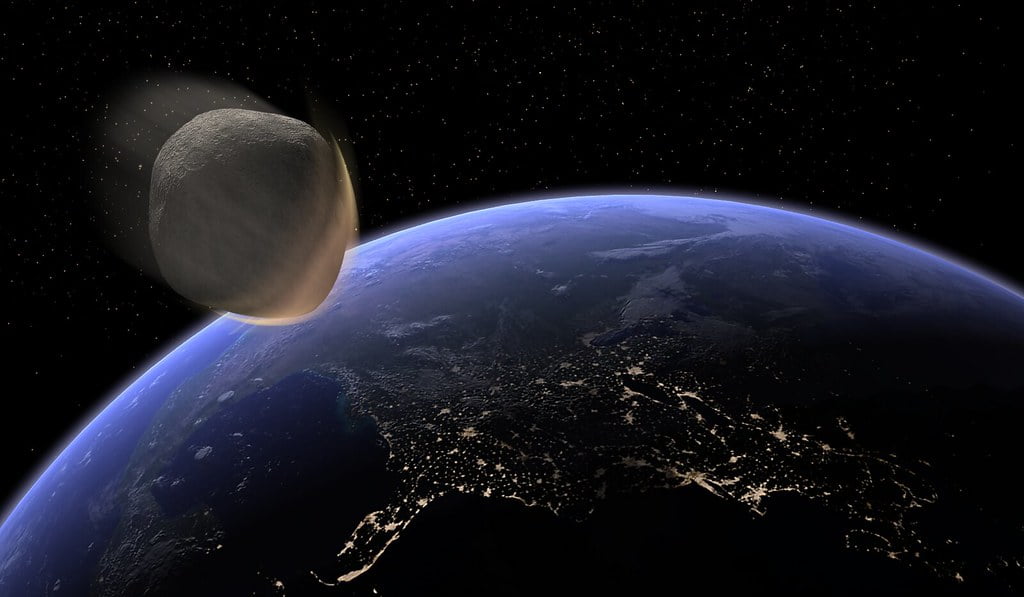 Sending a sparecraft up to deflect an asteroid is not just a matter of launching and waiting – if only matters were that simple. : Earth-impacting Asteroid by Kevin M Gill available at https://www.flickr.com/photos/53460575@N03/27953609286 CC BY 2.0
Sending a sparecraft up to deflect an asteroid is not just a matter of launching and waiting – if only matters were that simple. : Earth-impacting Asteroid by Kevin M Gill available at https://www.flickr.com/photos/53460575@N03/27953609286 CC BY 2.0
Using a spacecraft to knock an asteroid off a collision course is the best planetary defence we have. But it will take complex calculations, and plenty of time.
Astronomers deal with vast distances and spans of time, so on that scale, it was only moments ago the real danger of asteroids and comets came into sharp focus.
In 1994 the Shoemaker-Levy 9 comet collided with Jupiter – an event predicted a year in advance and watched in real-time via the Hubble telescope. Humankind had already seen the craters on the Moon, legacy of numerous asteroid impacts, and photos of the asteroid-blasted Tunguska region of Siberia in 1908. When we watched a comet strike the solar system’s largest planet, though, we saw with absolute clarity the threat asteroids and comets pose to Earth. A potential collision is inevitable – the only unknown is how soon it will happen.
If we have enough warning, our planetary defence is most likely to be kinetic impact: sending a spacecraft to collide with the threatening object, slightly changing its momentum and eventually deflecting it from its original path.
We will need years to spare between the spacecraft’s impact with the hazardous object and the object’s close approach to the Earth. The mass of the spacecraft might be 10,000 to 1 million times less than the mass of the object, so even if the spacecraft could travel 10 to 15 kilometres per second, the impact might change the velocity of the object by only 1 centimetre per second – or less.
In the best-case scenario, that means a deflection of about 1 kilometre per day. But the object may need to be deflected by many thousands of kilometres depending on its trajectory – and that easily adds up to several years. We could shorten the time by sending successive spacecraft, each adding to the resulting deflection, as we would probably do in case an individual spacecraft failed in its mission.
Researchers have spent years determining how such a mission might be planned. Finding the optimal solution is not straightforward. As with many engineering problems, there are trade-offs and complications, and many variables to consider.
These include the launch date, the direction of the departure from Earth, the thrust ‘programme’ i.e. the time history of the direction the continuous low-thrust solar-electric engine should point, and finally, the date of impact (which determines the location of the object at impact). This constitutes a large problem in astrodynamics and optimisation for which intuition is almost useless.
Because we need so much time to deflect the asteroid, it’s reasonable to assume the earliest possible launch and impact are best, to allow the longest time for the impact to have an effect. The difficulty is the Earth and the object are both moving around the Sun, so the relative geometry continuously changes. This affects both the time required and the relative velocity at impact (higher is better, but the direction is also critically important).
The trajectory also determines how much fuel the spacecraft will consume. Larger consumption means less spacecraft mass at the time of impact and a reduced deflection effect. All the variables interact in a complicated way, but fortunately, numerical methods can determine the values yielding maximum deflection at the object’s closest approach to the Earth.
NASA’s Double Asteroid Redirection Test (DART) mission, launched in late 2021, aims to test the kinetic impact defence. The DART spacecraft’s goal is to collide with a particular small asteroid orbiting a much larger one. If all goes to plan, the small asteroid’s motion will be monitored after the collision to see what effect the impact had. The asteroid’s orbit around a larger asteroid will make its motion easier to track.
DART will not be the first trial of the method. In July 2005, NASA’s Deep Impact spacecraft collided with a comet, though for scientific reasons having nothing to do with hazardous-object deflection. But the mission proved a spacecraft could be targeted for such an impact despite the split-second timing required.
We have identified most of the many thousands of space objects in our planetary neighbourhood, particularly the largest and most dangerous. None of them has even a small probability of collision in the next few decades. It is very unlikely that a large, undetected object is on a collision course and that there is not enough time for the kinetic impact mechanism to work.
This doesn’t mean a new, dangerous object won’t be found: several new asteroids are detected every day now we are searching for them in earnest (which wasn’t true even two decades ago).
We can’t be complacent. The Chelyabinsk asteroid impact in 2013 demonstrated that a ‘small’ (20-metre) object can go undetected – all the way into the Earth’s atmosphere. Doing more tests like DART and developing a spacecraft for the kinetic impact mission are cheap insurance against the possibility we will need them.
Bruce A Conway is Professor Emeritus and Research Professor of Aerospace Engineering at the University of Illinois in Urbana, United States. He is the author of many research papers, book chapters and two books on orbital mechanics and optimisation.
No conflicts of interest were declared in relation to this article.
Originally published under Creative Commons by 360info™.



